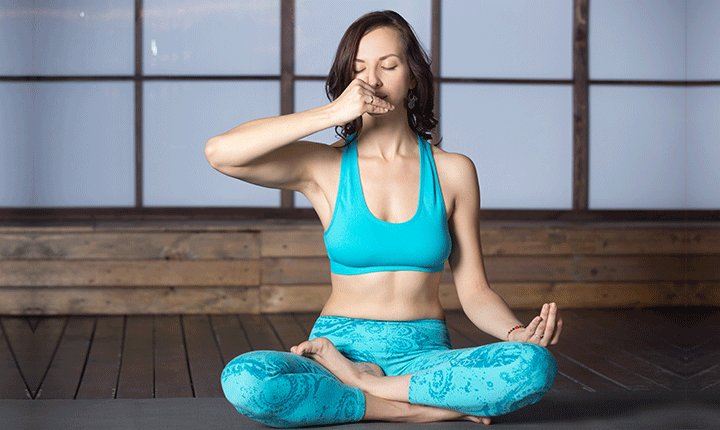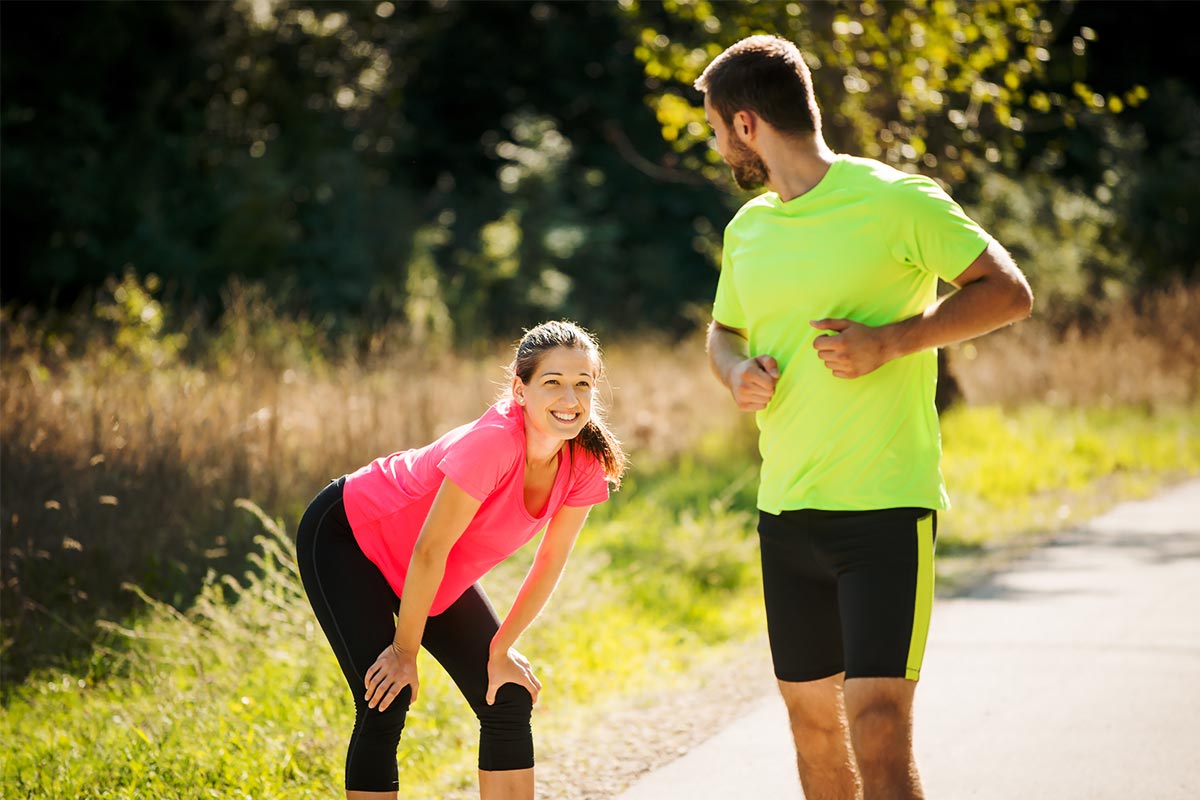Our Blog

The Best Breathing Exercises for Your Lungs

The cells in our body need oxygen to function properly. Breathing is the function by which oxygen is fed to every cell in the body. Without sufficient oxygen supply, our bodies are prone to respiratory illnesses, heart disease, etc. Our lung capacity is the total amount of air that our body can hold. Our lungs operate at only 50 per cent of their capacity when we are at rest or during most of our daily activities.
Why do we Need to Exercise our Lungs?
According to experts, our lungs thrive on movement, exercise, and activity. The human body is an amazing machine. Challenge it with a tough workout. Give it adequate rest and nutrition. It will not only adapt to the challenge but will soon be ready for a tougher challenge at a higher level of intensity. We need to challenge the lungs progressively intense activity. Then feed the body and give it time to adapt and excel beyond limits we thought was previously possible. Lung exercises counteract the build-up of toxins in the lungs caused by environmental pollutants, allergens, cigarette smoke, dust, etc.
More importantly, exercise releases a chemical in the body known as endorphin. Endorphin is a natural chemical of the body which is structurally very similar to morphine. Endorphins cause mood elevation. Thus, exercise is a healthy addiction that helps the body.
How do the Breathing Exercises Help our Lungs?

When our lungs are healthy, breathing is natural and easy. We breathe in and out with our diaphragm doing a major share of the work to expand and fill our lungs and then contracting to send the waste gas out. Lung rehabilitation experts compare the process to a screen door with a spring that opens wide, then closes and the process keeps repeating itself. The lung function has been compared to the springy door’s function of opening and closing. However, our springy door lungs tend to lose that springiness.
As the lungs lose their springiness, they are unable to expand to the same level when we breathe in and there is a build-up of stale air which leaves less space for the diaphragm to contract and bring in fresh oxygen. When the diaphragm does not work to its full capacity, our body starts to compensate by using other muscles in the neck, back, and chest for breathing. This creates a situation where we have lower than optimal oxygen levels in the body.
With regular and progressive breathing exercises, we can not only get rid the lungs of accumulated stale air, but we can also increase oxygen levels and get the diaphragm to function at greater levels.
Why you Should Start your Breathing Exercises Today?
The function and the capacity of our lungs typically decrease slowly as we age. Additionally, pollution and stress levels tend to speed up the process of decreasing lung functions. Lung conditions like Chronic Obstructive Pulmonary Disease (COPD) can significantly speed up these reductions in lung capacity and functioning. This leads to trouble in breathing and shortness of breath. The sooner you start arresting this negative development, the easier it will be for you to get your lungs in great shape. Realize the power of Breathing Exercises now.
Some exercises can help maintain and increase lung capacity. Remember that when your breathing is difficult, your life becomes difficult. When you stop breathing, you stop living. Here is a list of exercises to do to improve it. Apart from the staple exercises, we have also listed breathing exercises for lungs borrowed from activities as Tabata cardio training and yoga.
1. Diaphragmatic Breathing

You should start by breathing in through your nose. Pay close attention to how your belly fills up with air. You have the option of putting your hands lightly on your stomach or placing a tissue box on it. This will enable you to be aware of your belly rising and falling. After breathing in your full capacity of air, breathe out through your mouth to empty your lungs.
Repeat the process. Ensure that you keep your neck and shoulders relaxed during the exercise. Diaphragmatic breathing or belly breathing works the diaphragm, which does the heavy brick and mortar work when it comes to the process of breathing.
This procedure is particularly helpful in people with COPD. The technique is best used when your body is in a resting posture.
2. Pursed-Lips Breathing
Pursed-lips breathing enables you to slow down your breathing, makes you aware of your body’s breathing mechanism, and also keeps your airways open for a longer duration. This makes it easier for your lungs to function. It also improves the process of exchange of oxygen and carbon dioxide in your body. Pursed-lips breathing exercise is easier than diaphragmatic breathing exercises.
This exercise also reduces tension and anxiety. The pursed lips breathing exercise can also be done anywhere and at any time. It is advisable not to do this exercise in a polluted environment. To execute the pursed-lips breathing exercise, you have to start by inhaling slowly through your nostrils. Then you have to purse your lips as if you are pouting and breathe out as slowly as possible through pursed lips.
The process of breathing out should take at least twice as long as the process of breathing. Repeat. As aforesaid, this exercise reduces the number of breaths you take and keeps your airways open longer. This enables more air to flow in and out of your lungs. In short, it is simply the process of breathing in through your nose and breathe out slowly through your mouth with pursed lips.
3.Interval Training

Since a person cannot operate at peak levels of exercise intensity for a long duration, interval training may be a better alternative to steady exercise. Interval training involves one bout of intense training and another bout of Low-Intensity training. Tabata is a form of High-Intensity Interval Training (HIIT) that has not only been shown to increase lung capacity but has also been proved to give very good fat loss results.
In a Tabata workout, each round lasts four minutes. It requires 20 seconds of all-out intense exercise, followed by 10 seconds of rest, repeated eight times. The name Tabata comes from a Japanese physician by the name of Dr. Izumi Tabata, who is credited with the invention of the Tabata system. However, we recommend that you exercise intensely for 20 to 30 seconds and lower your intensity for the next 40 to 60 seconds and repeat the cycle as many times as you want.
4.Matsyasana/Fish Pose
This is a yoga exercise. Matsyasana can help in the balancing and distribution of oxygen in the body. It also enhances blood circulation and stimulates deep respiratory organs by stretching the lungs. The pose encourages deep breathing.
The Matsyasana not only provides relief from respiratory disorders but also helps to relieve tension in the neck and shoulders. To execute the Matsyasana, you have to lie on your back with your knees bent and feet flat on the floor. Then you have to lift your hips slightly and slide your hands under your hips.
After this, you have to inhale deeply, bend your elbows, and push your upper body upward. Then you have to lower your head backwards while keeping the chest elevated. You can maintain the pose as long as you want while breathing in and out deeply.
Summary
These exercises, if done progressively both in terms of time and intensity will enable you to push the capacity of your lungs beyond the limits you had thought possible.







